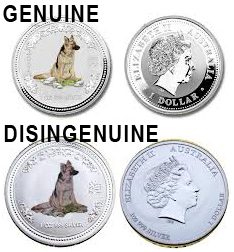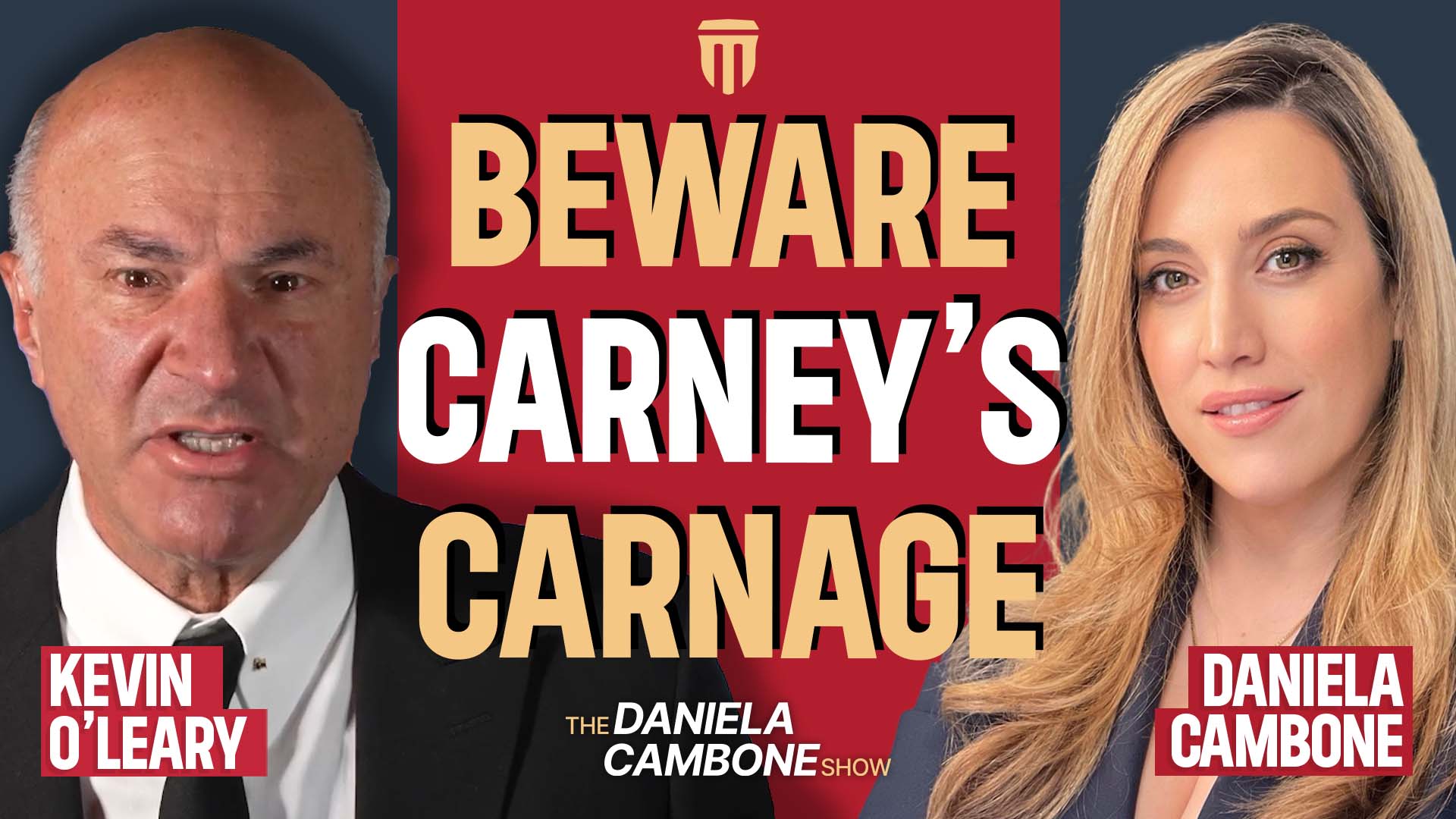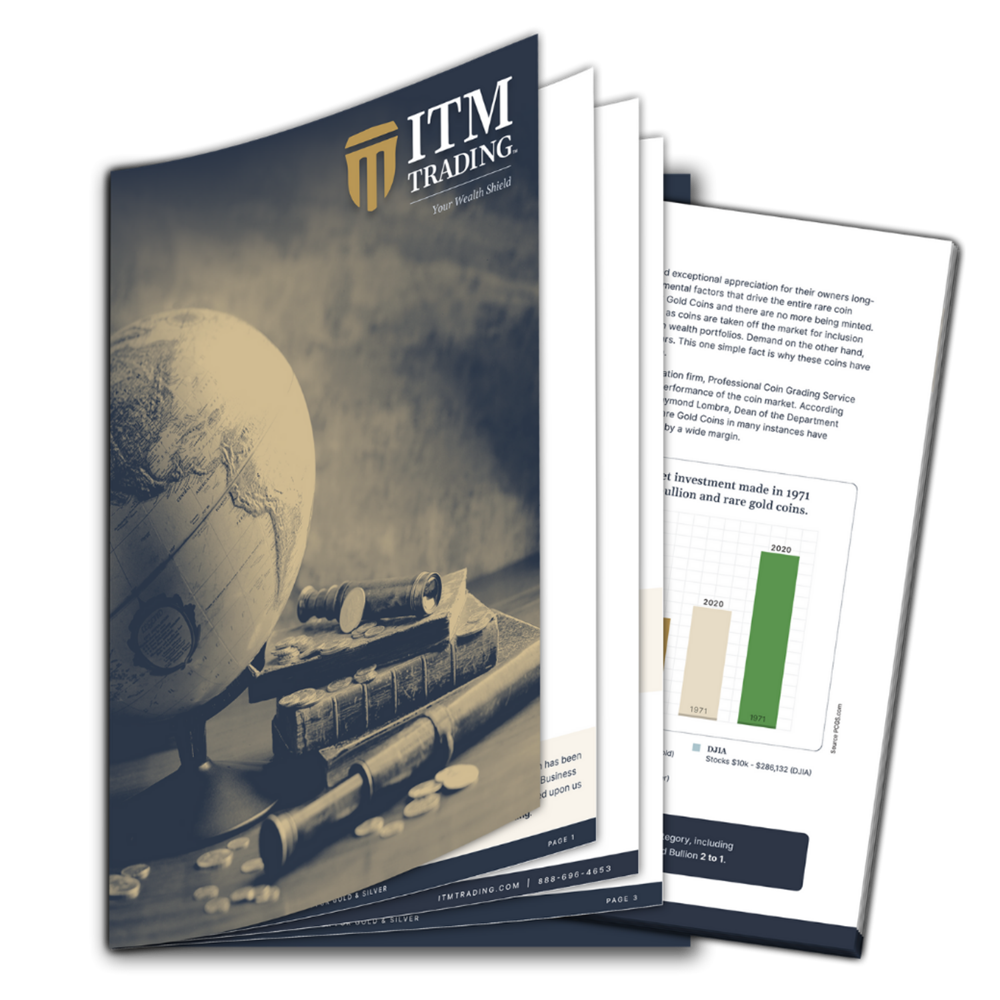Counterfeit Silver, How Common Is It?

Since the beginning of commerce, dishonest people have been trying to create, or “counterfeit†their monetary unit including Counterfeit Silver. The Romans debased their metal currencies with junk metals, and the Central Bankers of England (and perhaps earlier) created paper notes of deposit against gold held in storage. It didn’t take long before they were printing more deposit notes than they had deposits! So, the history of counterfeiting is a long one.
While silver has been counterfeited and debased through the years, with today’s minting standards and the ease of access to information, the consumer has more tools available to protect themselves from counterfeit silver. Some forms of silver, however, are easier to copy than others, and the consumer should understand this. Large silver bars, ranging from 100 ounces to 1000 ounces are the easiest to copy, and by sheer weight and value pose the largest threat of substantial losses. These bars can contain lead cores or cores of alloys that mimic the weight and specific gravity of the genuine article, and are then covered with a layer of silver to fool the eye as well as tests that check only the surface of the bar for authenticity. Bars of these sizes are great stores of wealth and value, but should only be purchased from time tested dealers, and preferably from dealers that have a buy-back policy that would offer you some protection from large losses in case you did receive a disingenuous article.
Smaller coins, especially half ounce coins or smaller, pose a much more difficult task to the counterfeiter. The amount of labor and skill necessary to produce these coins rises significantly, thus making it a much less attractive target to the crooked minded. One ounce coins and bars have been commonly counterfeited, and as you would expect, simple stamped bars are much easier to duplicate than the very ornate details of the American Silver Eagle or the Canadian Maple Leaf. While these coins carry a small premium over the cost of a simple bar, the peace of mind may be worth the difference. Currently, our government assigns special recognition and advantages tax wise to certain silver coins, and generally only the ones produced by government mints, as opposed to silver bullion bars which are created by for-profit companies. A wise and informed dealer will be able to explain these intricacies to you, if they are not, perhaps you should think of doing business with a company that completely understands their product.
Old American silver coins are a great way to hold silver, because they encompass many of these safeguards and advantages. Silver coins minted in the 1800’s on up through 1964 not only have a very high standard for silver content, but the minting and engraving standards were second to none worldwide. The amount of detail and relief (variance between low and high areas of the coin design) of these coins deterred counterfeiters from copying these coins, and they moved on to easier targets. Also, since silver is reactive and tarnishes, a silver coin that looks 100 years old probably is, whereas a shiny silver coin produced today could more easily be mistaken for another metal or combination of metals. For this reason, you should never clean your silver coins, it will not make them worth any more, and in fact, could greatly decrease the desirability and value of the coin!
Perhaps the most common and costly counterfeit silver coins in the market today, began as real coins minted by the United States Mints! How does this occur, you may wonder? I’ll explain. Rare coins of numismatic value to collectors and investors trade for values somewhat to significantly greater than the value of their silver content, and the IRS also considers them a different type of asset and therefore there are different tax and privacy rules applied to these coins. Quite often the rarity of a coin (hence it’s desirability and value) is determined by which year it was minted and/or which mint it was minted at. Because of this, often times practiced counterfeiters will alter the date or mint-mark of a common coin to make it appear as if it were a much more rare and valuable coin in order to sell it for a great profit. For this reason, coins of this nature should always be purchased from a long-standing reputable dealer who can provide a provenance (history of the coin’s origin or whereabouts along with a professional authentication) and a buy back policy that provides a way to exit the market and a buyer of first resort. Just as due diligence and research are part of every successful investment, so it is with Silver coins and bars to avoid counterfeit silver.















